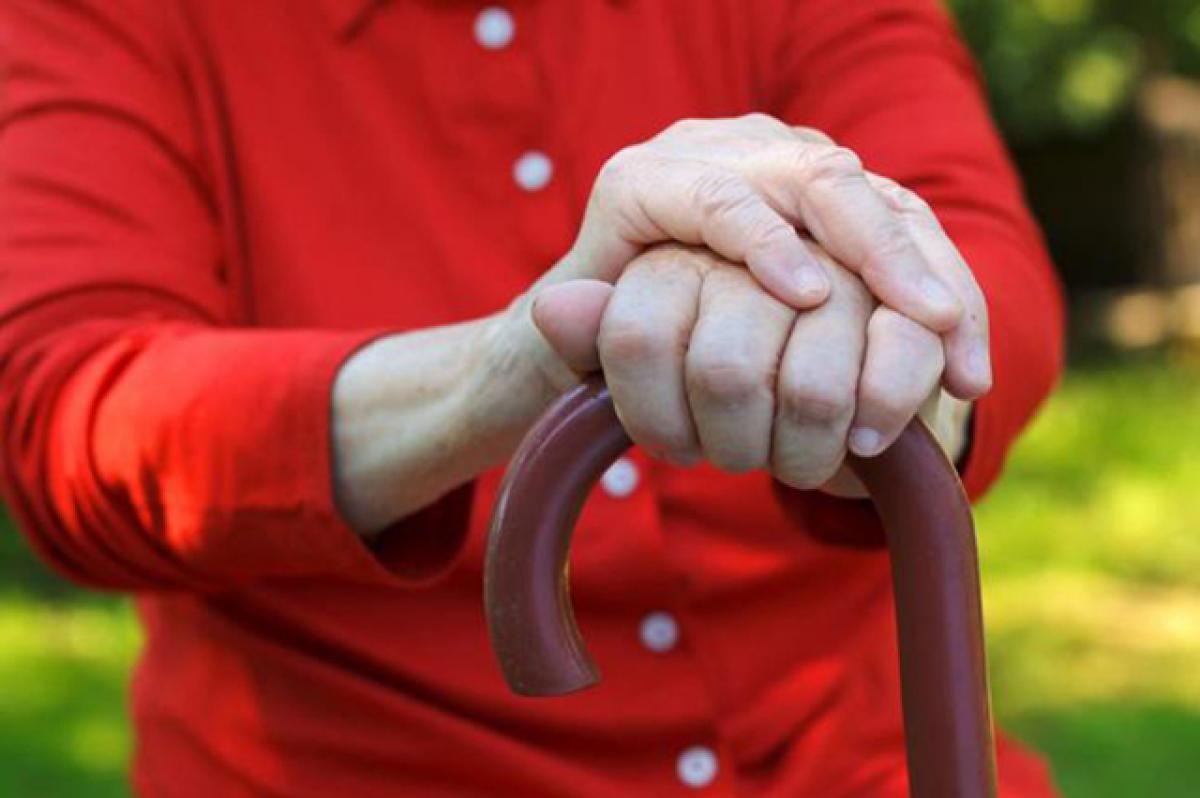Live
- Geetesh Sanodia Drives User Success with Comprehensive Training Programs Using Digital Adoption Platforms like WalkMe and Apty
- Sachin Mittal: A Journey from Entertainment to Wedding Excellence
- Bihar CM keeps up his promise, attends wedding festivities of PSO’s son in Haryana’s Rewari
- Indian Air Force Commanders’ Conference Focuses On Operational Preparedness Amid Border Challenges
- International Men’s Day 2024: Smart Gifting Ideas for Today’s Men
- Nigerian military kills scores of bandits in airstrikes: Official
- International Men’s Day: Essential Wellness Products for Today’s Men
- Rajamouli, Prasanth Varma, others Praise 'Pushpa 2: The Rule' Trailer as 'Wildfire'
- Bandhan Life Expands National Footprint with Launch in Northern India
- Transforming Enterprises across Industry Verticals with Advanced Multi-Cloud Strategies and DevOps Solutions










